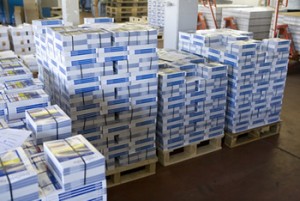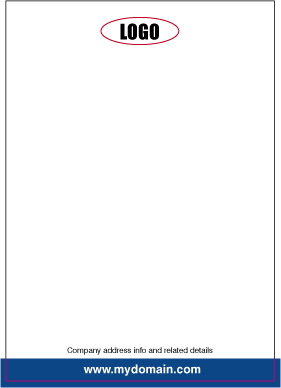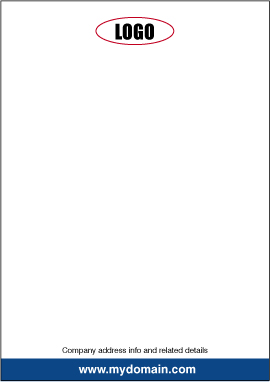
Most Consumers Still Prefer Paper to a Screen
We are constantly being told that the world is going paper free and print is on the way out. But the facts tell a different story.
There are numerous statistics that tell us how much time we all spend staring at laptops, tablets and smartphones these days. If any further evidence is needed, just sit on a busy commuter train into the capital and look at the people around you. Over 50 percent will be fixated on one type of screen or another.
Yet the leap that our modern day reliance on digital technology means we no longer need print is false logic. Streaming has not replaced TV, and TV has not replaced radio. Unless it is an exact like for like (CDs replacing cassettes), new tech typically complements or augments what comes before it. Sure, families don’t sit around together listening to a radio in the living room in the way they once did, but the medium is still alive, well and enormously popular.
The same can be said for books, magazines, brochures and so on. One large format print London supplier has noted that in the age of throwaway digital communications, striking printed media has actually become more important, not less, to stand out from the crowd.
Print advertising gets more attention
There is a belief that people today are “digitally optimised,” particularly youngsters. This might be true, but the mistake for marketers is to assume that is a positive thing for digital advertising. Research shows that it actually just means we are better at filtering out advertising online. 54 percent said they paid more attention to printed advertising than digital. Just 19 percent said they paid more attention to digital, and 27 percent said it made no difference.
In addition, consider this. There was a time when we used to get 10 pieces of advertising through the snail mail each day, and perhaps two emails. Today, it is more like 100 emails and two items of printed mail. Which do you think is more likely to be noticed?
The brain prefers paper
The more complicated or important a document is, the greater the likelihood of the reader deciding to print it out. This is because the brain can handle reading on paper more easily than reading from a screen. Ferris Jabr has published some fascinating research on this topic. Whatever the neurological reason, the fact is that three quarters of those polled in the above research said they prefer to read from paper and find it easier on the eyes.
Paper is green
There is a lot of clichéd nonsense spoken about saving trees by not using paper, but we are no longer living in 1970. Paper is both a renewable and a recyclable resource, and as long as we manufacture and consume it responsibly, it has fantastic green credentials. All of us recycle waste paper ever day, and purchase printer paper, newspapers and household tissues that are made from recycled paper.
By using FSC paper, a company can actually enhance its green credentials and do something positive for the environment. Consumers are becoming wise that the talk of going paper free has little to do with saving the world and everything to do with saving money, and are quick to see through this kind of cynicism and hypocrisy.



Leave a Reply